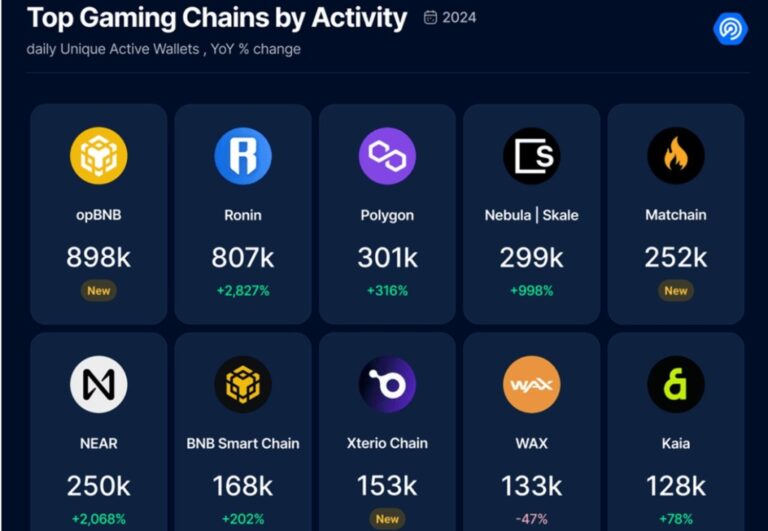Unlocking the Open Source Advantage: Accelerate Bug Fixes, Enhance Builds, and Foster Wider Adoption
Open-sourcing your software can be a transformative decision for developers and companies alike. However, it’s important to approach this process with careful consideration. In this article, we’ll explore the pros and cons of open-sourcing while providing valuable advice based on practical experience.
Understanding Open-Sourcing
Open-sourcing refers to the practice of making the source code of a software program available to the public. This approach can foster innovation, collaboration, and community support, but it also comes with its own set of challenges.
Benefits of Open-Sourcing
- Increased Collaboration: Open-sourcing allows developers from around the world to contribute to your project, enhancing its capabilities.
- Community Support: A vibrant community can help identify bugs, suggest improvements, and even create new features.
- Transparency: Open-source projects demonstrate transparency, which can build trust among users and stakeholders.
- Learning Opportunities: Engaging with the open-source community can provide invaluable learning experiences for both new and experienced developers.
Challenges of Open-Sourcing
- Loss of Control: Once your project is open-sourced, maintaining control over its direction can be challenging.
- Security Risks: Exposing your source code can lead to potential security vulnerabilities if not managed properly.
- Resource Demands: Managing an open-source project requires time and resources for community engagement and support.
General Advice for Open-Sourcing
Before you decide to open-source your software, consider the following tips:
- Assess Your Goals: Clearly define what you hope to achieve by open-sourcing your project.
- Choose the Right License: Selecting an appropriate open-source license is crucial for protecting your rights while encouraging contributions. For more information on licenses, visit Open Source Initiative.
- Document Everything: Comprehensive documentation is essential for helping others understand and contribute to your project.
- Engage with the Community: Foster a welcoming environment for contributors and users to build a strong community around your project.
Conclusion
Open-sourcing can be a rewarding journey if approached strategically. By understanding the pros and cons and following best practices, you can make informed decisions that positively impact your project and its community. For further reading, check out our related articles on open-source best practices and community engagement strategies.







